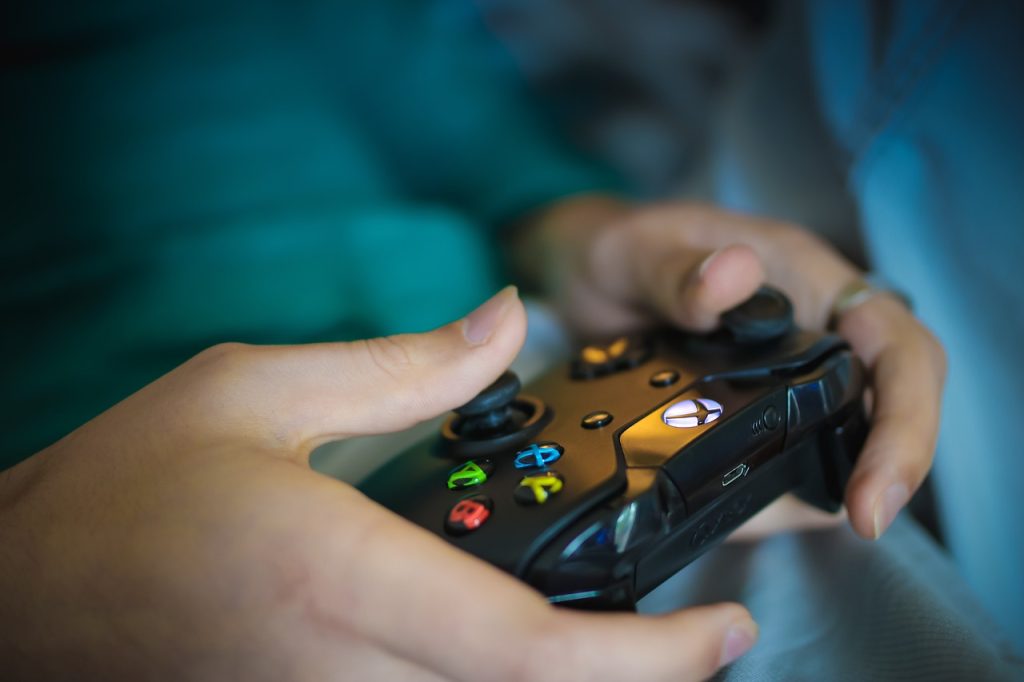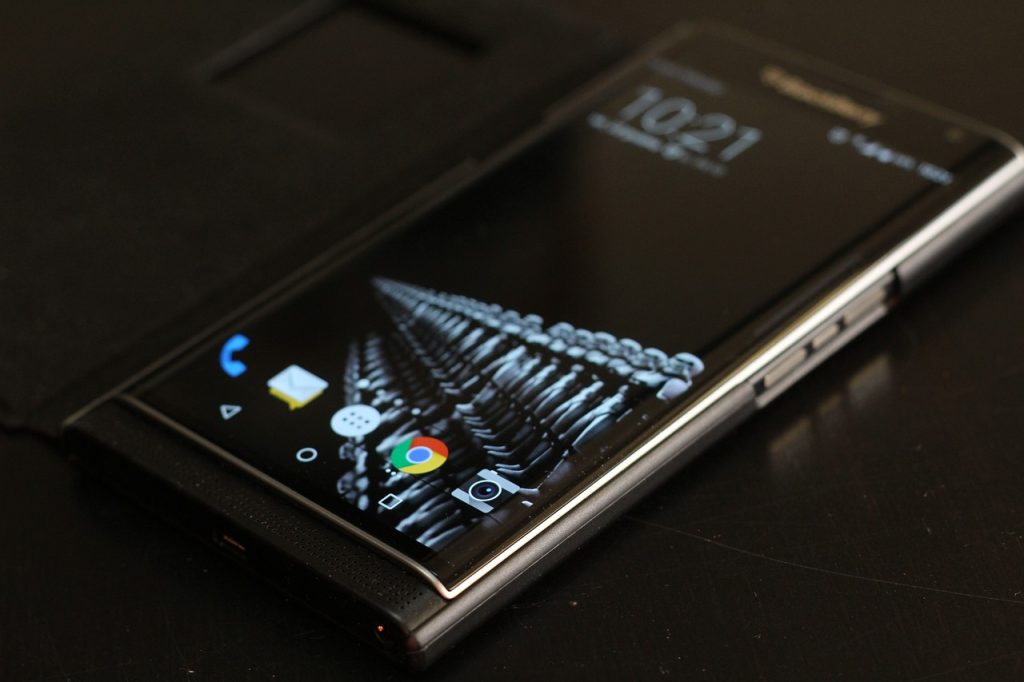Parental controls on iOS devices allow you to manage and restrict content, apps, and features to ensure a safe and age-appropriate experience for your children. Here’s a comprehensive guide on how to set up and customize these controls on iOS devices.
Accessing Parental Controls

To begin setting up parental controls, open the “Settings” app on the iOS device. Navigate to “Screen Time,” which is where you’ll find all the options for managing parental controls. If Screen Time is not already enabled, you’ll need to set it up first.
If you haven’t set up Screen Time yet, tap “Turn On Screen Time.” You’ll be guided through a setup process where you can choose to set up Screen Time for yourself or your child. To set up controls specifically for your child, select “This is My Child’s iPhone” or “iPad.”
Set a Screen Time Passcode
To prevent your child from changing the settings, set a Screen Time passcode. Tap “Use Screen Time Passcode” and enter a unique, secure passcode. This code will be required to adjust settings or access detailed reports.
Downtime allows you to set periods when the device is not to be used, such as during bedtime or study time. Tap “Downtime” and specify the start and end times. During Downtime, only apps you allow and phone calls will be accessible.
To limit the time spent on specific apps or categories, go to “App Limits.” Tap “Add Limit,” select the categories or individual apps you want to restrict, and set a daily time limit. Once the limit is reached, the app will be blocked for the rest of the day.
Manage Content and Privacy Restrictions
To restrict access to certain content and features, go to “Content & Privacy Restrictions” and toggle it on. Under this section, you can manage various settings:
- iTunes & App Store Purchases: Control whether your child can install or delete apps, make in-app purchases, or download content.
- Allowed Apps: Restrict access to built-in apps such as Safari, FaceTime, or Camera.
- Content Restrictions: Set limits on content based on ratings for movies, TV shows, books, and music. You can also restrict explicit language and web content.
- Privacy Settings: Control which apps have access to personal data and features, such as location services and contacts.
To control who your child can communicate with, go to “Communication Limits.” You can set restrictions for communication during allowed screen time and Downtime. Options include limiting contacts to specific groups or allowing communication with everyone.
Regularly review Screen Time reports to monitor your child’s device usage. Go back to the “Screen Time” menu to view detailed reports and adjust settings as needed. These reports provide insights into which apps are used most frequently and the amount of time spent on each app.
Educate Your Child

Discuss the importance of these restrictions with your child. Explain why certain limits are in place and encourage healthy device usage habits. Keeping an open dialogue helps your child understand and adhere to the rules you’ve set.
By setting up and configuring these parental controls on iOS devices, you can ensure a safer and more controlled digital environment for your children. Regularly review and adjust settings to align with their growing needs and ensure they continue to have a positive experience with technology.

Leave a Reply